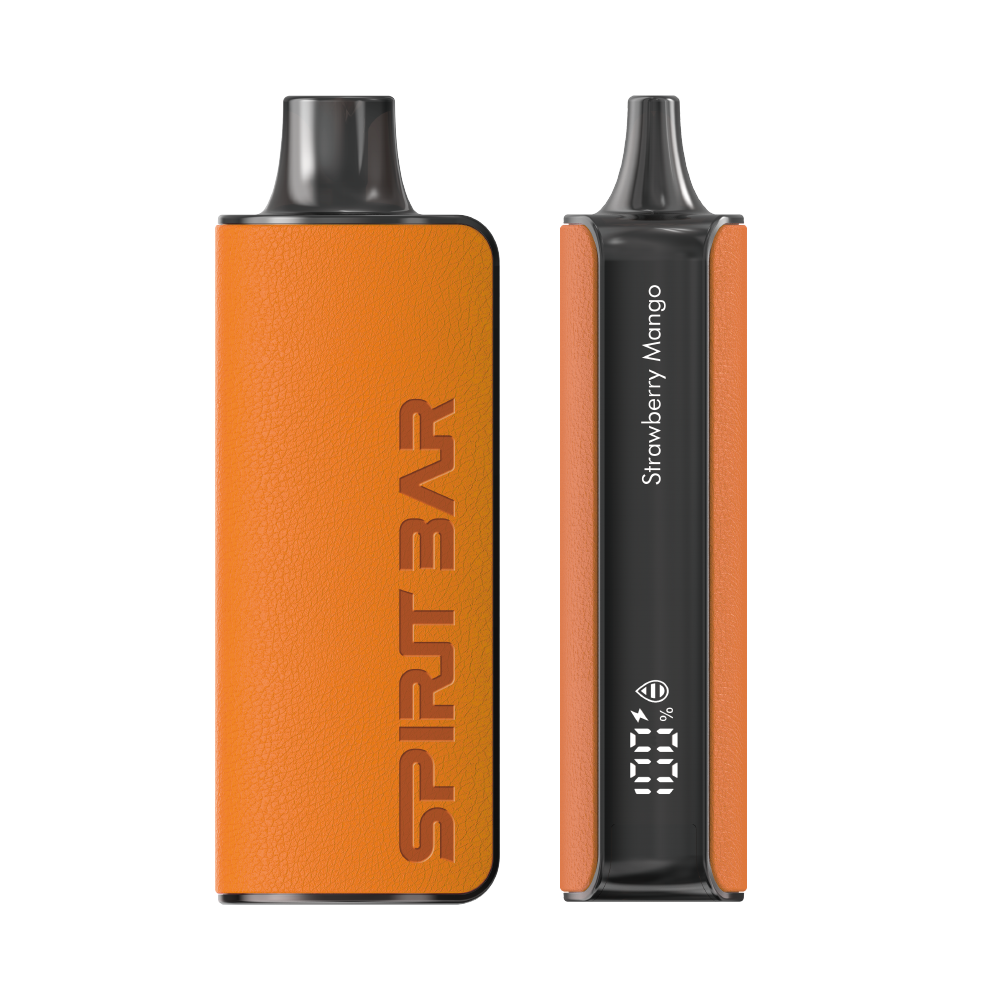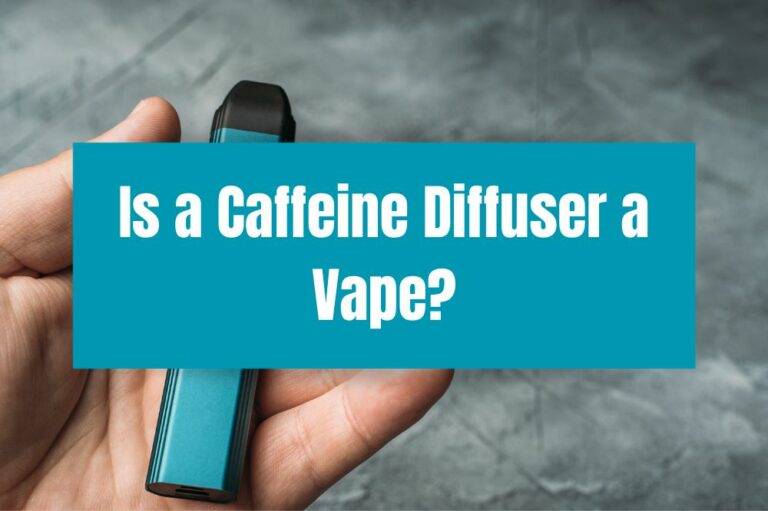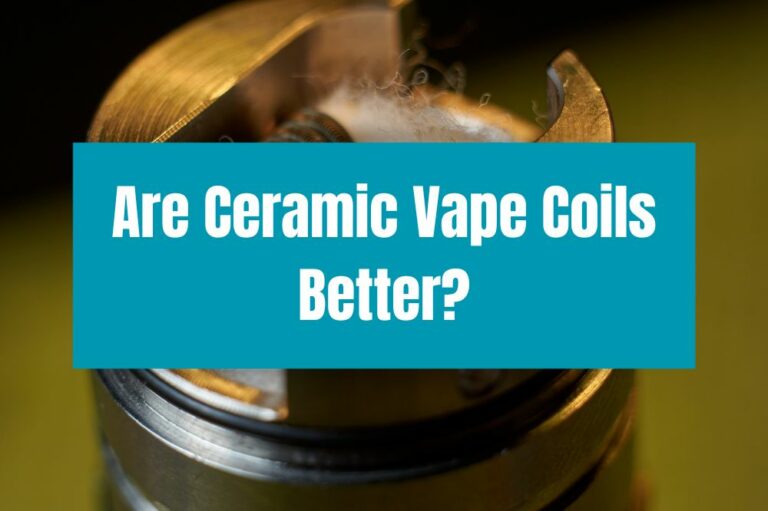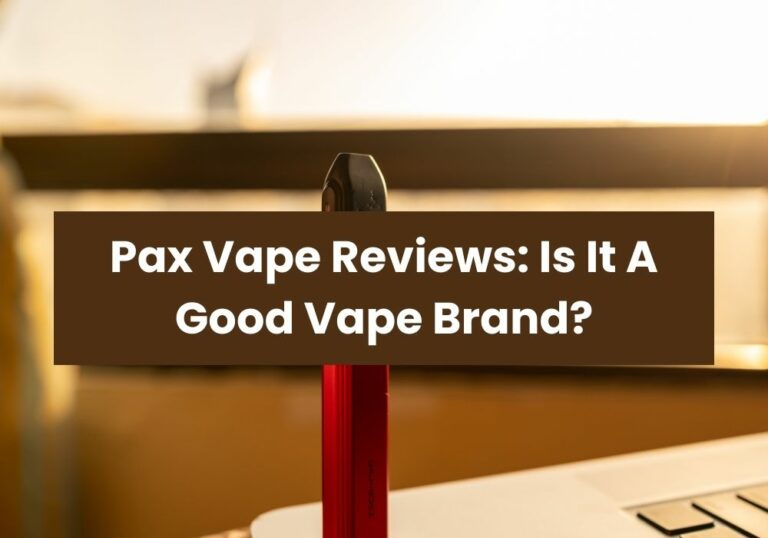Is Vaping Bad for Third Party?

If you’re wondering whether vaping is bad for third parties, the short answer is yes. While e-cigarettes are marketed as a safer alternative to traditional cigarettes, they still pose health risks to those around you. Secondhand exposure to vape smoke can cause a range of health problems, from respiratory issues to heart disease.
One of the biggest dangers of third-party vape products is the chemicals they contain. While e-cigarettes don’t produce the same level of harmful chemicals as traditional cigarettes, they still emit a variety of toxins and carcinogens. When you vape, you’re not only exposing yourself to these chemicals but also those around you. This can be particularly harmful to children, pregnant women, and people with pre-existing health conditions.
To make matters worse, some third-party vape products may be even more dangerous than those sold by reputable manufacturers. These products may contain unknown chemicals or be poorly made, increasing the risk of explosions or other accidents. If you’re a vaper, it’s important to be aware of the risks of third-party products and to stick to reputable brands to minimize your exposure to harmful chemicals.
Understanding Vaping
If you’re new to vaping, it’s important to understand what it is and how it works. Vaping refers to the use of electronic cigarettes, or e-cigarettes, which are battery-operated devices that heat a liquid solution, turning it into a vapor that can be inhaled. The liquid solution, or e-juice, usually contains nicotine, flavorings, and other chemicals.
SPIRITBAR Katana BP10000
- Slender, leather-textured body reminiscent of a katana handle for an authentic samurai feel
- Unique samurai-inspired e-liquid flavor - fruity yet not too sweet, with a luxurious, elegant aroma
- Powerful 650mAh rechargeable battery for extended vaping time
- Large 18ml e-liquid capacity and 10,000 puff capacity
- Advanced mesh coil and e-liquid & power display screens for optimal vaping experience
The special juice captures the essence of the samurai spirit with its rich, smoothly pulsating flavor that brings new satisfaction with every puff. The device's slender, leather-textured design evokes the grip of a samurai's katana, making this product a perfect choice for beginner vapors.
One of the reasons why vaping has become popular is because many people believe that it is less harmful than smoking traditional cigarettes. While it is true that vaping does not involve the burning of tobacco, which produces harmful chemicals, it is not completely safe. Vaping exposes the lungs to a variety of chemicals, including nicotine, flavorants, and other ingredients that are added to vaping liquids. In fact, according to Johns Hopkins Medicine, vaping can be particularly enticing to young people because they believe it is less harmful than smoking and because e-cigarettes have a lower per-use cost than traditional cigarettes.
Another thing to keep in mind is that not all vaping products are created equal. Some products, particularly those that have been bought from third-party sellers and haven’t been regulated, can be dangerous. According to Solomon Law, using vaping products that have tetrahydrocannabinol (THC), a chemical in marijuana that is psychoactive, can be dangerous. In addition, if you experience symptoms like shortness of breath, coughing, or chest pain after you vape, you should stop immediately and seek medical attention.
In conclusion, while vaping may be less harmful than smoking traditional cigarettes, it is not completely safe. It is important to understand what vaping is, how it works, and the potential risks associated with it. If you choose to vape, make sure you use regulated products and pay attention to any symptoms you may experience.
Third Party Exposure to Vape Aerosol
If you vape, the aerosol you exhale can expose people around you to potentially harmful chemicals. This is known as third party exposure. The extent of the risks associated with third party exposure is still being studied, but it’s clear that it can have negative effects on health.
SPIRITBAR Jack’s Flask 9000 Puffs
- Stylish pirate flask-shaped body providing an exciting vaping experience
- Delivering up to 9000 puffs per device
- 20ml e-liquid capacity with 50mg nicotine strength for satisfying throat hit
- Specialized pirate-themed e-juice flavors for rich, swirling taste
- Premium mesh coil optimizes flavor profile for maximum vaping enjoyment
This disposable vape captures the daring spirit of the high seas with its flask styling and signature pirate e-juice flavors. The extraordinary battery life provides 9000 indulgent puffs for extended vaping pleasure. Live boldly and freely with the Jack's Flask - a legendary vaping experience fit for a pirate's adventures.
Inhalation Risks
When people inhale secondhand vape aerosol, they can be exposed to nicotine, formaldehyde, acetaldehyde, and other harmful chemicals. According to a study by Healthline, even low concentrations of these components can affect brain and lung development. Pregnant people and children are particularly vulnerable to these risks.
Skin Contact
While third party exposure to vape aerosol through skin contact is unlikely to cause harm, it’s still important to be aware of the potential risks. If vape liquid comes into contact with skin, it can cause irritation or an allergic reaction. In rare cases, it can cause nicotine poisoning if a large amount of liquid is absorbed through the skin.
Eye Contact
Getting vape liquid in your eyes can cause irritation or even chemical burns. If this happens, flush your eyes with water for at least 15 minutes and seek medical attention if the irritation persists or gets worse.
Overall, the risks associated with third party exposure to vape aerosol are still being studied, but it’s clear that it can have negative effects on health. It’s important to be aware of these risks and take steps to minimize them, such as vaping in designated areas away from others and being mindful of where you exhale your vape aerosol.
Impact on Non-Vaping Individuals
If you are a non-vaping individual, you may be wondering if being exposed to secondhand vape is harmful to your health. The answer is not straightforward, but there are some known health and psychological effects.
Health Effects
According to Healthline, secondhand vape exposure can cause shortness of breath and bronchitic symptoms in young adults. This is because e-cigarettes contain ultrafine particles that can penetrate deep into the lungs and cause inflammation. Additionally, a study published in BMJ Thorax claims that secondhand nicotine vape exposure may be associated with an increased risk of cardiovascular disease.
However, it is important to note that the long-term effects of secondhand vape exposure are still not well known. The safety of e-cigarettes and other vaping products is still being studied, and it may take years before we have a complete understanding of the risks.
SPIRITBAR Katana BP10000
- Slender, leather-textured body reminiscent of a katana handle for an authentic samurai feel
- Unique samurai-inspired e-liquid flavor - fruity yet not too sweet, with a luxurious, elegant aroma
- Powerful 650mAh rechargeable battery for extended vaping time
- Large 18ml e-liquid capacity and 10,000 puff capacity
- Advanced mesh coil and e-liquid & power display screens for optimal vaping experience
The special juice captures the essence of the samurai spirit with its rich, smoothly pulsating flavor that brings new satisfaction with every puff. The device's slender, leather-textured design evokes the grip of a samurai's katana, making this product a perfect choice for beginner vapors.
Psychological Effects
Secondhand vape exposure can also have psychological effects on non-vaping individuals. Some people may find the smell of e-cigarettes and other vaping products unpleasant or irritating. Additionally, being exposed to secondhand vape can be a trigger for people who are trying to quit smoking or vaping.
It is important for non-vaping individuals to understand the potential risks of secondhand vape exposure and take steps to protect themselves. This may include avoiding areas where people are vaping, asking friends and family members not to vape around you, or advocating for smoke-free policies in public spaces.
Overall, while the long-term effects of secondhand vape exposure are still not well understood, it is important for non-vaping individuals to take precautions to protect their health and well-being.
Indoor Air Quality and Vaping
If you or someone you know vapes indoors, it’s important to be aware of the effect it can have on indoor air quality. Vaping produces an aerosol that contains harmful chemicals and particles, which can be inhaled by those in the vicinity.
According to a study published in the journal Indoor Air, “passive vaping” can endanger the health of third parties. Nicotine from vaping can deposit on indoor surfaces, leading to thirdhand exposures, similar to those caused by tobacco smoke. Additionally, air concentrations of formaldehyde and acrolein could exceed health-based exposure limits.
Vaping indoors can also pose a risk to your air ducts, which can impact your air quality. Over time, the aerosol produced by vaping can accumulate in your home’s ductwork, leading to a buildup of harmful chemicals and particles. This can cause health problems for those living in the home, particularly those with respiratory issues.
To limit your exposure to harmful chemicals and particles from vaping, it’s best to avoid vaping indoors altogether. If you must vape indoors, make sure that the area is well-ventilated. Open windows, use fans, or turn on air purifiers to help clear the air.
In conclusion, vaping indoors can have a negative impact on indoor air quality and can pose health risks to third parties. It’s important to be aware of these risks and take steps to minimize exposure to harmful chemicals and particles.
Vaping and Public Health Policy
When it comes to vaping and public health policy, there is a lot of debate surrounding the potential harm to third parties. While vaping is often marketed as a safer alternative to smoking traditional cigarettes, the truth is that it still poses risks to both the user and those around them.
One of the biggest concerns with vaping is the potential for secondhand exposure to harmful chemicals. The aerosol produced by e-cigarettes contains a variety of chemicals, including nicotine, heavy metals, and volatile organic compounds. These chemicals can have negative health effects, particularly for those with pre-existing respiratory conditions.
As a result, many public health organizations have taken a stance against vaping in public spaces. For example, the American Medical Association has called for a ban on flavored e-cigarettes and a minimum age requirement for purchasing vaping products [1]. Similarly, some states and municipalities have implemented laws prohibiting vaping in areas where smoking is already banned [2].
Overall, it is clear that vaping has the potential to harm third parties, particularly in enclosed spaces. While more research is needed to fully understand the risks, it is important for public health policy to err on the side of caution to protect the health of all individuals.
The Role of E-Cigarette Regulations
When it comes to the question of whether vaping is bad for third parties, the role of e-cigarette regulations cannot be overlooked. Regulations are put in place to protect consumers, including third parties, from potential harm caused by e-cigarette use. The following are some of the regulations that have been put in place in recent years:
- FDA regulations: The Food and Drug Administration (FDA) has been regulating e-cigarettes since 2016. These regulations require manufacturers to submit their products for FDA approval before they can be sold on the market. The FDA also requires warning labels on e-cigarette packaging and prohibits the sale of e-cigarettes to minors.
- PACT Act: The Prevent All Cigarette Trafficking (PACT) Act was amended in 2021 to include new regulations regarding the delivery and sales of electronic nicotine delivery systems (ENDS), which include e-cigarettes. Any person or business that sells, transfers, or ships for profit any ENDS in interstate commerce must now register with the Bureau of Alcohol, Tobacco, Firearms and Explosives (ATF).
- State and local regulations: Many states and localities have their own regulations regarding e-cigarettes. For example, some states have banned e-cigarette use in public places, while others have placed restrictions on the sale of flavored e-cigarettes.
While these regulations are aimed at protecting consumers, there is still some debate over their effectiveness. Some argue that the regulations are too strict and limit access to e-cigarettes for those who use them as a smoking cessation tool. Others argue that the regulations are not strict enough and do not do enough to protect consumers, especially minors, from the potential harms of e-cigarette use.
Overall, the role of e-cigarette regulations in protecting third parties from the potential harms of e-cigarette use is an ongoing debate. While there is no clear answer, it is important for consumers to be aware of the regulations in place and to use e-cigarettes responsibly.








